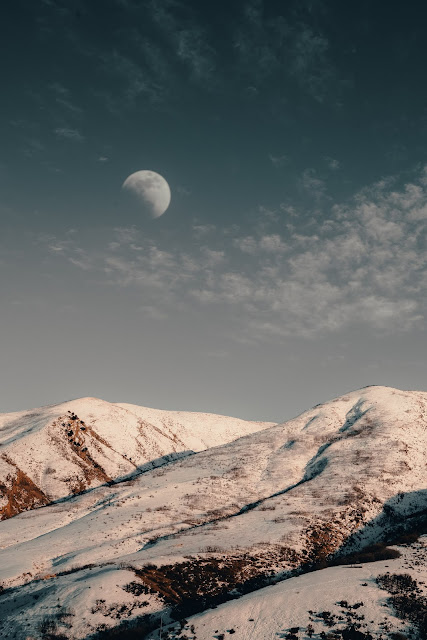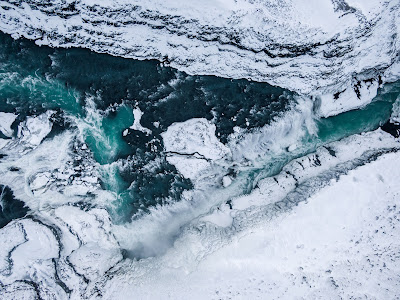How many ways can you say “snow” in Manitoba? Let me count the ways. During my first winter here, my sister warned me about “blowing snow” because it limited visibility and made it hard to drive. Also, she said that sleet, made roads slippery, and to always, always steer clear of black ice, because passing through or stepping on it would be disastrous.
There are four types of snow crystals. They are called:
- Snowflakes – These are single ice crystals or clusters of ice crystals that fall from a cloud. These are the pretty, white flakes that fall directly from the sky as precipitation and they are often symmetrical. Symmetrical yes, but still, no two snowflakes are exactly alike right?
- Hoarfrost – When ice crystals fall on a surface (like tree branches, leaves, wires, etc.) that is lower in temperature or below freezing than the surrounding atmosphere, the result is the rapid freezing of the moist crystals into a solid-state. A line of hoarfrost-covered trees makes for one of the most surreal scenes that you will ever see in Manitoba. So beautiful!
- Graupel – These are cute, opaque, capsule-shaped ice crystals. They are often around 2-5 millimeters (0.1 to 0.2 inches) in size. They are formed when ice crystals travel through supercooled water droplets at temperatures below freezing and round the crystals out. If the ice crystals are more than 5 millimeters and harder, then they are called hail.
- Polycrystals – These are simply snowflakes made up of many individual ice crystals.
There are also types of snowfall
- Blizzard – This is a violent winter storm, lasting at least three hours. It combines subfreezing temperatures and very strong winds. It is laden with blowing snow which reduces visibility if you are outside. In Manitoba, a Blizzard Warning is issued when “winds of 40 km/hr or greater are expected to cause widespread reductions invisibility to 400 meters or less, due to blowing snow, or blowing snow in a combination of falling snow, for at least 4 hours”.
- Snow squall – This is a brief but intense snowfall that greatly reduces visibility and often comes with strong winds. A watch alert is issued when “conditions are favorable for the development of brief periods of very poor visibilities caused by heavy snow and blowing snow.”
- Blowing snow – This is when snow is raised by the wind to moderate or great heights above the ground. This causes very poor visibility. An advisory is issued in Manitoba when “the blowing snow, caused by winds of at least 30 km/hr is expected to reduce visibility to 80 meters or less for at least 3 hours”.
- Winter storm – When two or more severe and potentially dangerous winter weather conditions combine, it is called a winter storm. In Manitoba, a Winter Storm Watch is issued when “conditions are favorable for the development of severe and potentially dangerous winter weather, including a blizzard, major snowfall (25 cm or more within 24 hours) or significant snowfall combined with freezing rain, strong winds, blowing snow, and/or extreme windchill”. A Winter Storm Warning is issued when “severe and potentially dangerous winter weather conditions are expected, including a major snowfall and significant snowfall combined with freezing rain, strong winds, blowing snow and/or extreme cold.”
- Snow flurry – Snow that falls for short durations and with varying intensity. Flurries are those light, fluttering snow that melts on the pavement a few minutes after they fall. They are not alarmed at all.
Finally, there are also types of snow cover:
- New snow – This is a recent deposit of snow where you can still see shapes of snow crystals.
- Old snow – Long-standing snowfall. This is usually smooth and flat. You won’t be able to discern the snow crystals.
- Firn – This is old snow (older than one year) that has re-crystallized into a dense material.
- Seasonal snow – Snow that lasts for only one season.
- Perennial snow – Snow that deposits over numerous winter seasons and does not thaw in the melt season. Tough bugger!







0 Comments